Most games that last more than a decade as a live service see a major decline in quality or player numbers at some point during their tenure. Dota 2 has seen its fair share of lows, but while Valve celebrates the MOBA’s 10th anniversary, it is actually hitting a new stride that has plenty of fans excited for the future.
Dota 2 was released after an extensive beta on July 9, 2013, and has been a heavy hitter for Valve since day one. Just from a player perspective over the last few years, Dota has been consistently averaging over 450,000 daily players since October 2021 and the boom brought on by The International 10, according to Steam Charts.
This includes a peak of over one million players in Oct. 2022 during TI11, which was the highest for the franchise since March 2019.
This year’s Dota Pro Circuit season just ended, with Gaimin Gladiators becoming the first team to ever win all three Majors in a single year since the modern DPC began in 2017.
That competitive narrative alone helps set the stage for TI12 in October, where every other top team will look to dethrone Gaimin for the first time. Otherwise, Quinn, dyrachyo, and the boys will “complete” Dota 2 and become the first team to win a Major and TI in a single season—putting them up there with the best to ever play.
Related: BetBoom’s TI dreams aren’t safe yet amidst Dota 2 Bali Major controversy
It has also been a year of change for the DPC, as a scheduled shift allowed for third-party event organizers to step back into the limelight for the first time since 2020. ESL launched its own Pro Tour and has been hosting invitational events to help decide which teams will compete for $15 million at Riyadh Masters 2023, which will be the largest non-TI Dota event in history.
Beyond the pro scene, Valve has shaken up its entire approach to developing updates for the game that shine a healthy light on Dota’s future.
A lot of players were initially bummed because Valve is retiring the battle pass that has turned TI season into the best time to grind Dota for new rewards, cosmetics, and game modes. Instead, the team is going to break up all that content and put its efforts into providing more diverse updates throughout the year.
The first test for this was released with Patch 7.33, or the New Horizons update, which expanded Dota’s map, reworked dozens of core mechanics like Roshan, and contained a massive list of changes for heroes and items. This might not be normal moving forward, but Valve “plans to make Dota even better in the decade ahead.”
There might be plenty of questions left unanswered about where Dota is heading, but it looks like Valve’s goal is to “generate a bunch of excitement” in ways the battle pass-focused development never would have allowed.
And, while we wait to see what that future looks like, Dota players can look forward to a 10th Anniversary update soon, a TI-themed bundle in September, and plenty of competitive action heading into TI12 this October.


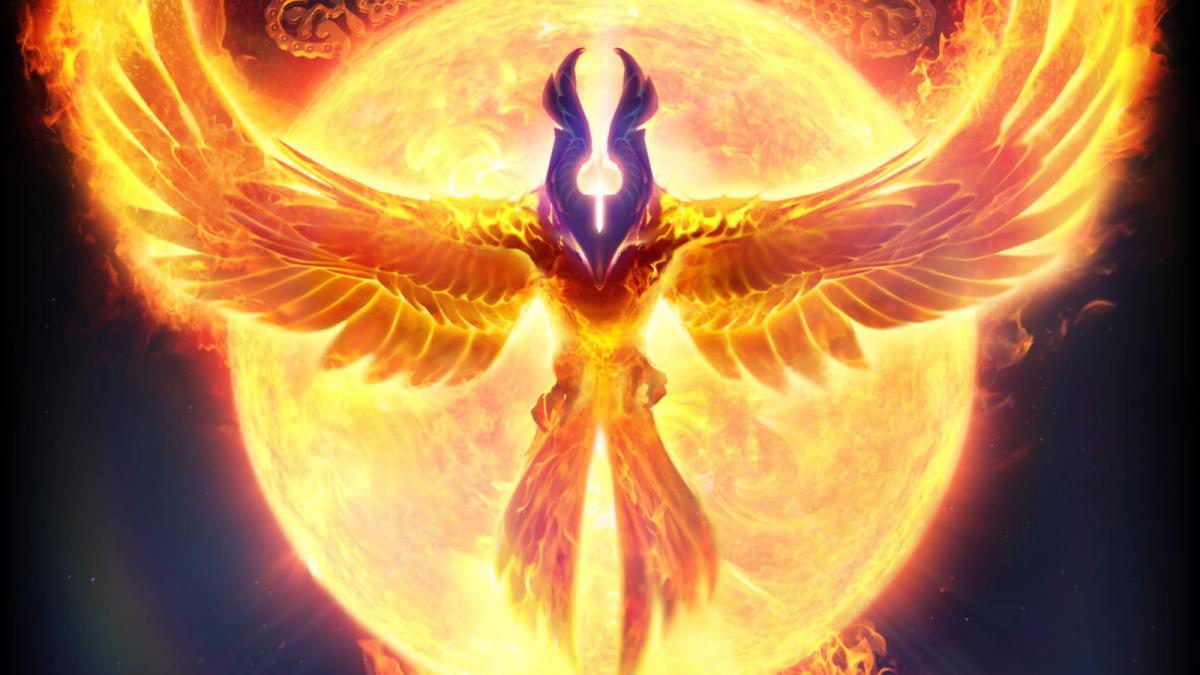

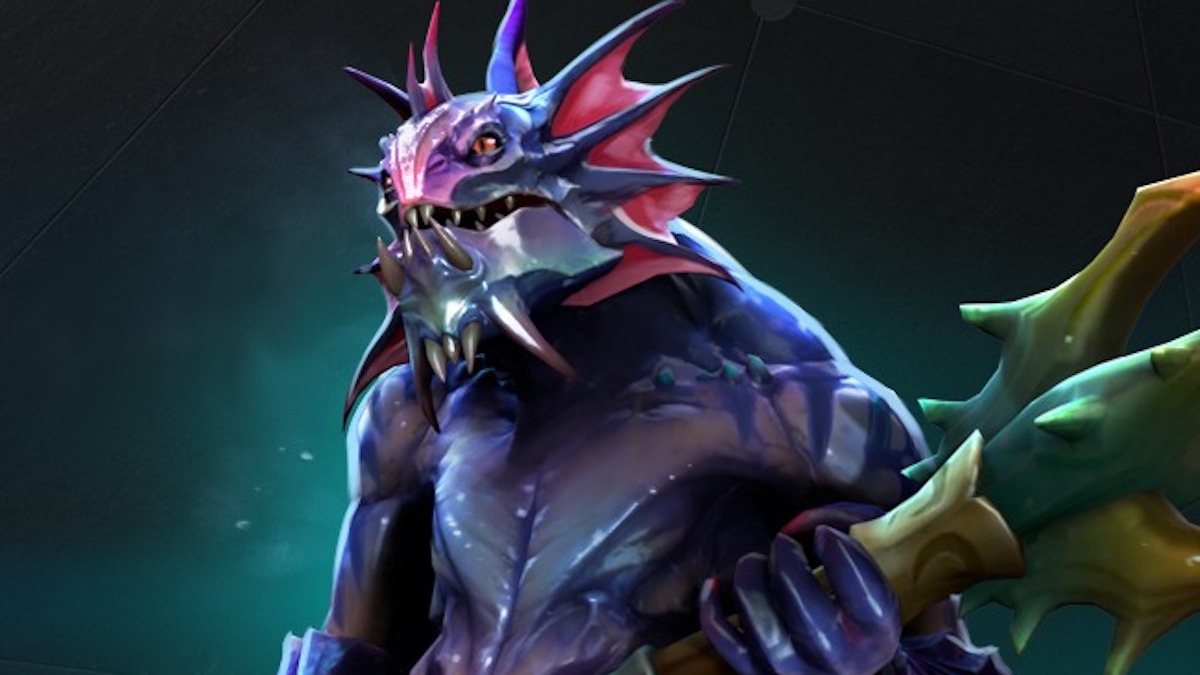
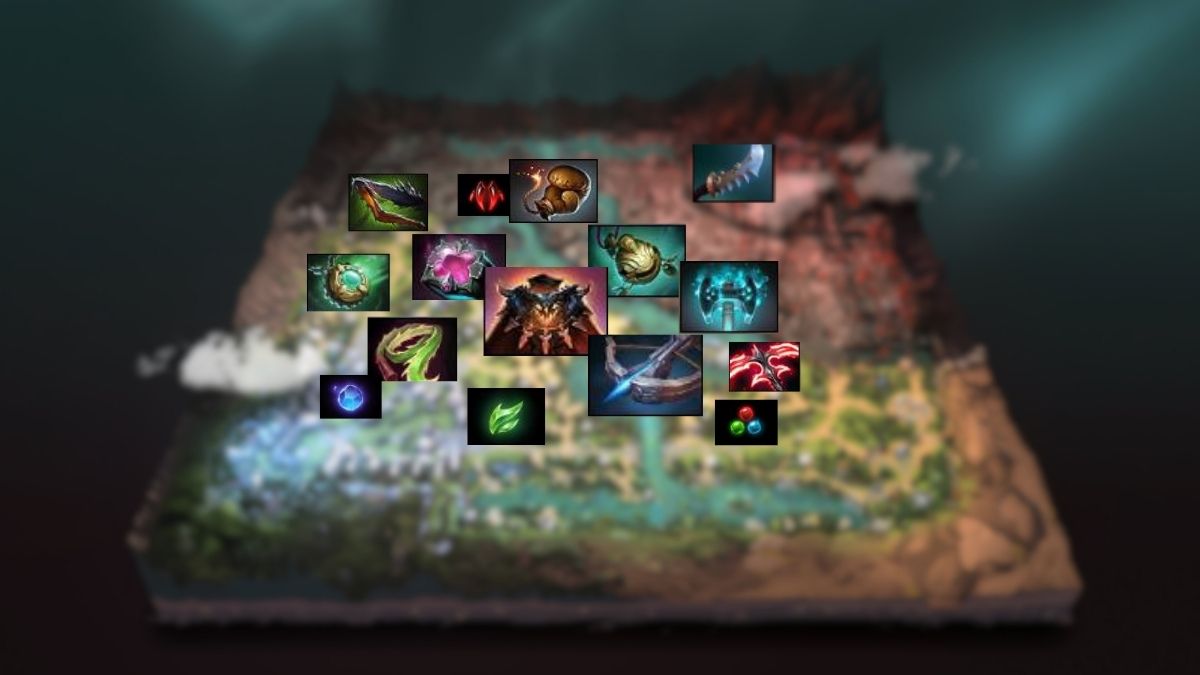
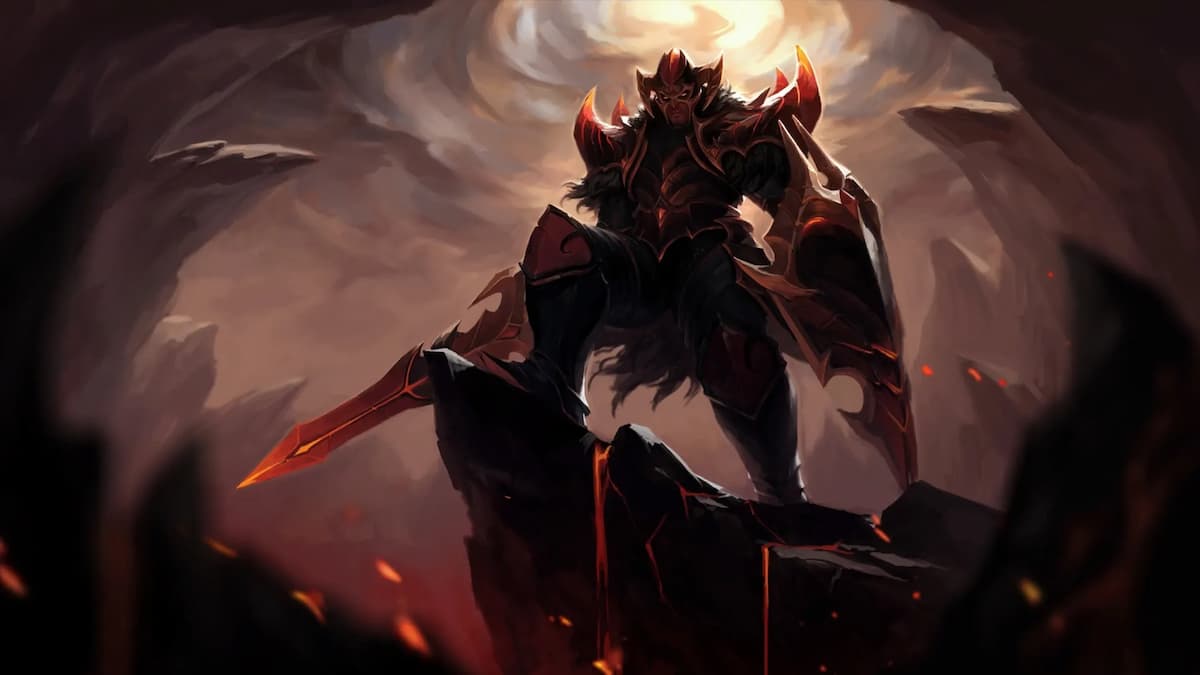
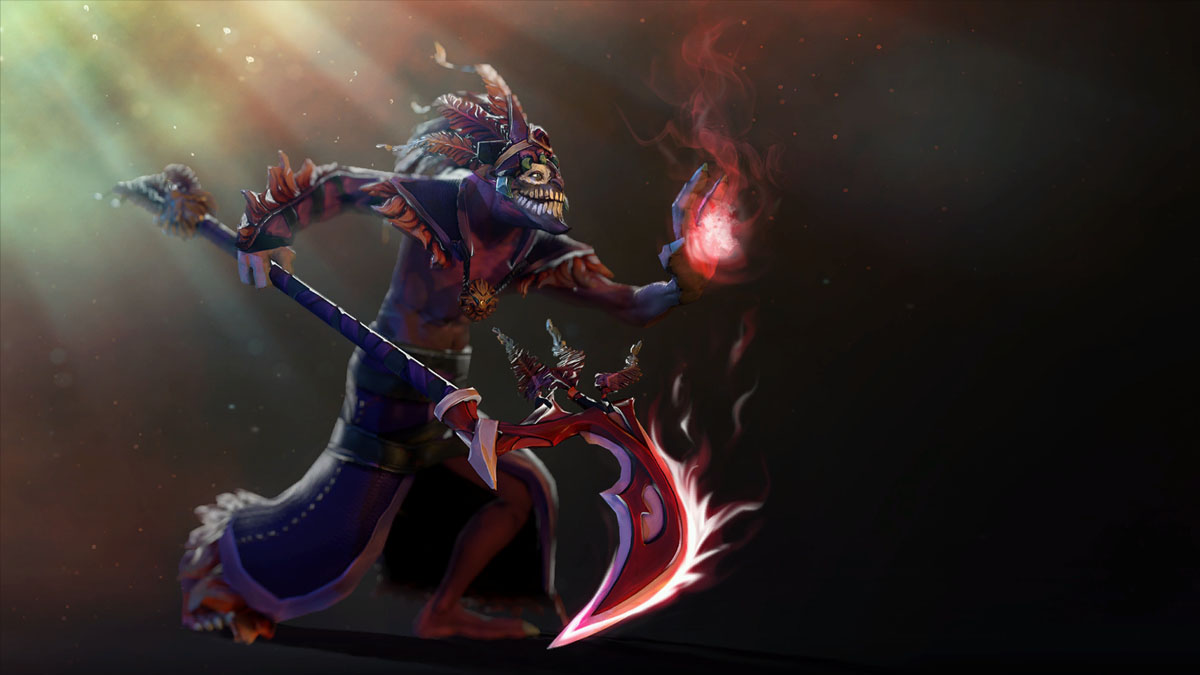
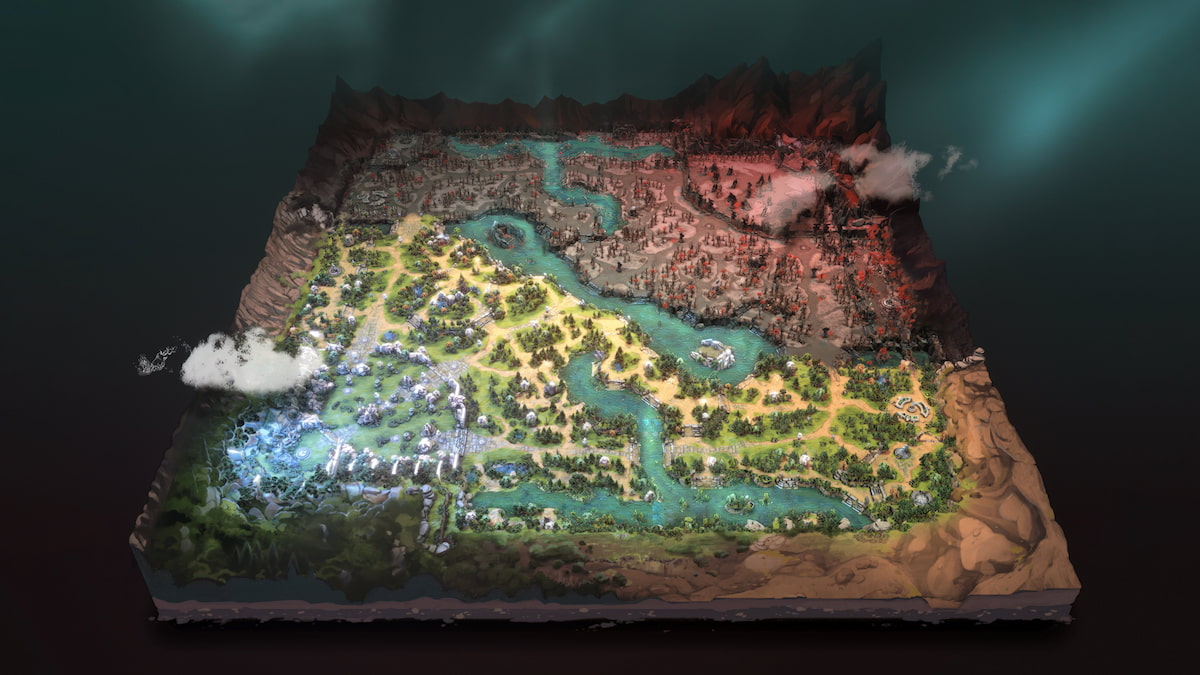
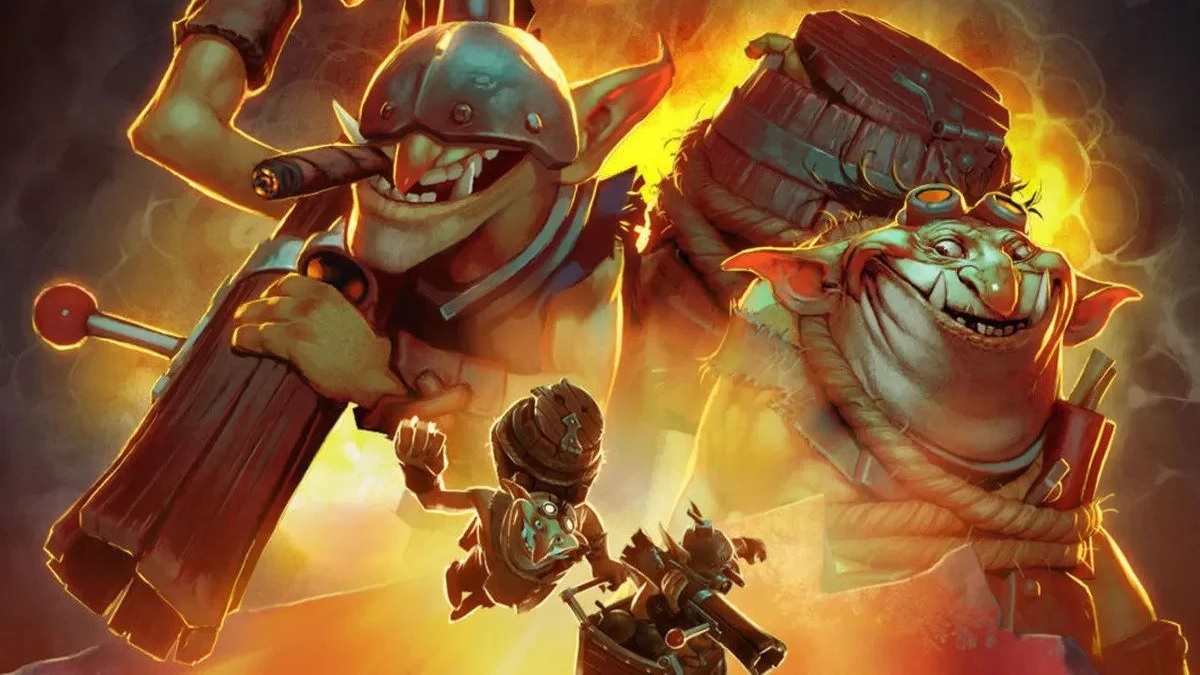
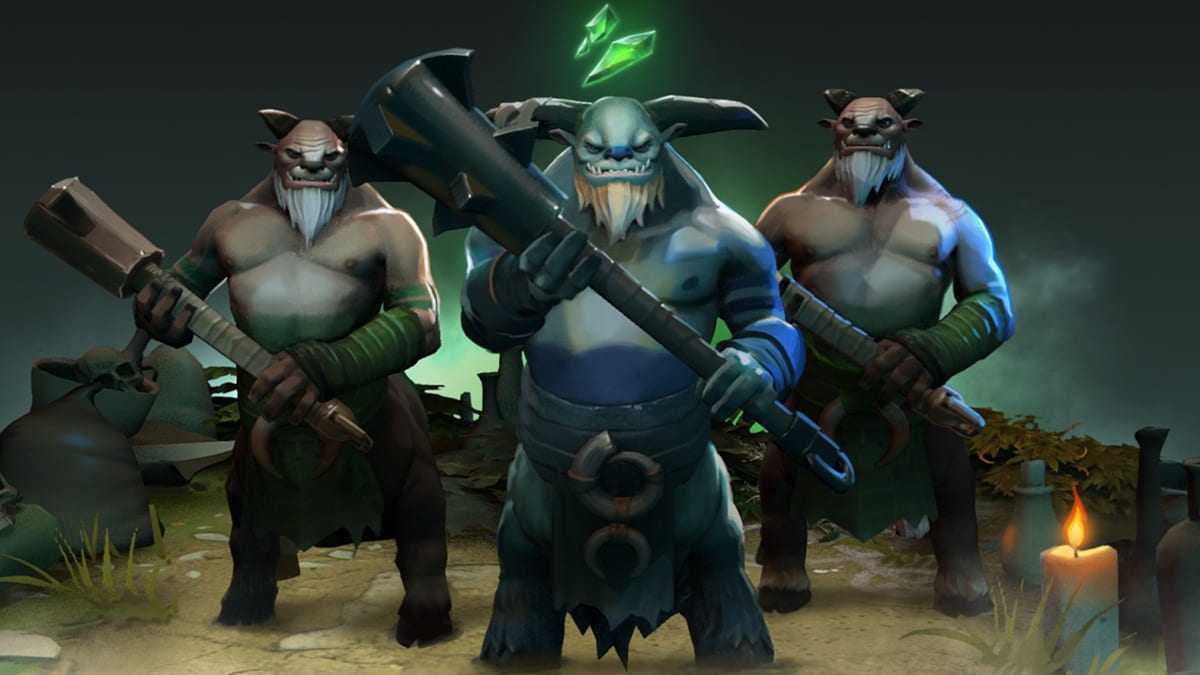
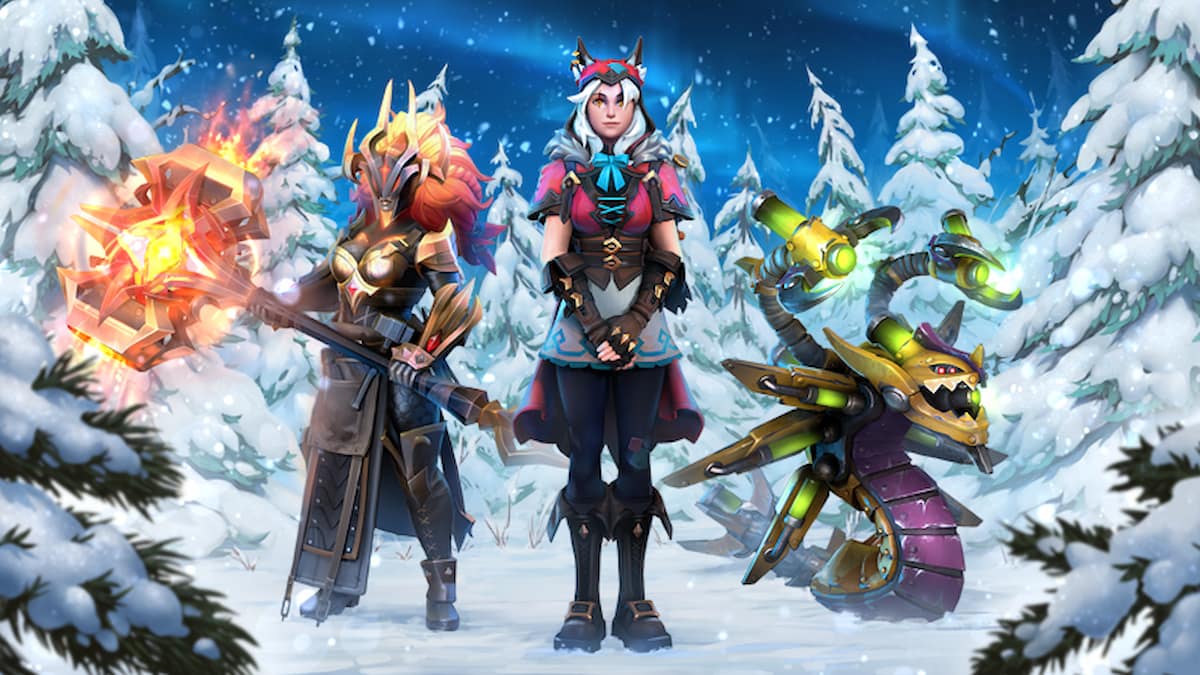

Published: Jul 10, 2023 12:15 am